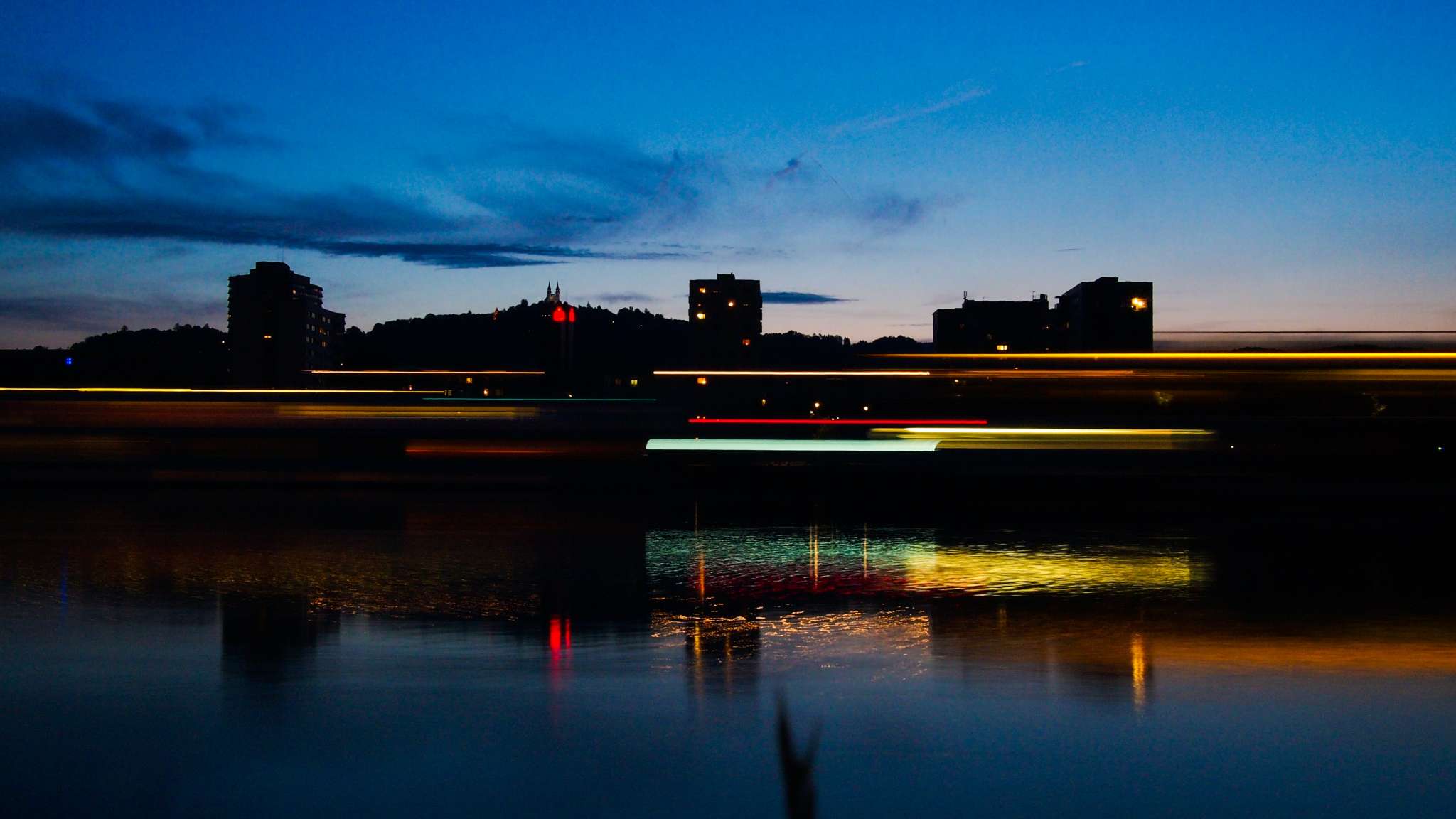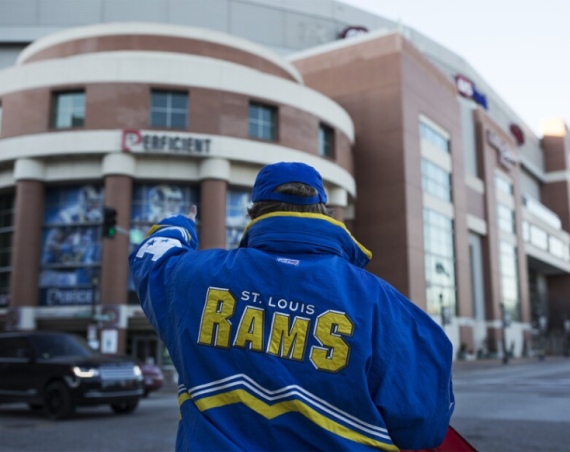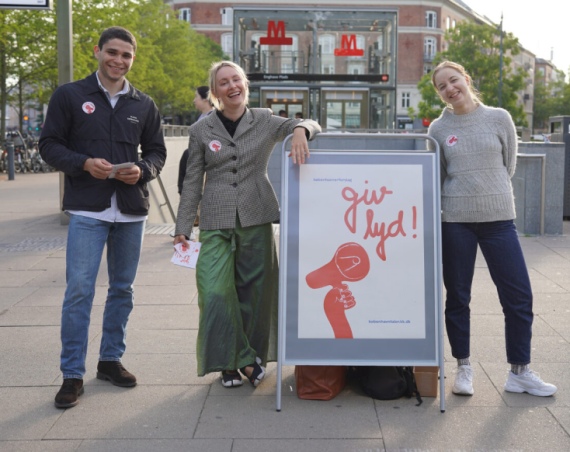Linz (204,846 inhabitants), Austria’s third-biggest city, is known for its baroque architecture, its museums, its centre for electronic arts… and its actions in digital democracy. In 2019, the city launched a new participation platform to widen the scope of public engagement, allowing citizens to participate on any topic, from anywhere, at any time.
In February, we went to Linz to meet the team behind the platform: Ana Zuljevic, Project Manager at the Linz Innovation Hauptplatz, and Julia Widy from HuemerIT, a consulting company working with the city of Linz on digital transformation projects. We talked about internal organisation, success factors and participation best practices.
This new platform isn’t Linz’s first brush with digital democracy. The city already had a participation platform as well as a mobile app allowing citizens to flag issues they encountered on the streets. Both these initiatives were ways to connect with citizens, but, as Ana Zuljevic explains, they weren’t enough. “The projects on our previous platform had a short lifespan and were only open to a handful of topics, which was quite limiting. Moreover, the platform was developed in-house by the city and the technology we used wasn’t advanced enough.”
The city’s new platform, powered by CitizenLab, includes citizen proposals, a bottom-up participation feature which allows citizens to share their ideas with the city at any time, on any given topic. The projects who reach 30 votes from other citizens within 60 days are taken into account by the city; the authors are invited to the town hall to discuss their idea and eventually meet with the relevant local experts.
“Now, citizens can participate whenever they want, and can share their ideas whenever they want, which gives the mayor an idea of what the citizens want”, explains Julia Widy. “The proposals are very new, but they are very popular with citizens – so much in fact, that we’re considering raising the threshold of signatures that’s needed.” Moreover, the new platform offers more possibilities: “working with an external partner means the cost of investing in technology is shared with other cities. The product is getting updated and improved regularly, which is something we couldn’t afford to do on our own platform.”
“How are you organised internally for the project?”
Julia Widy: “The idea for citizen proposals came from the mayor himself. We manage the day to day operations of the platform together with Ana – setting up new projects, monitoring the platforms, responding to comments… It was a long process of finding the project and defining responsibilities. There was a lot of internal discussion regarding what projects we wanted to launch first, and which projects could have the biggest impact. From there on, we had regular meetings and figured things as we went along. We’re now more structured, and have clear goals. We also regularly report back on the results to the mayor’s office.
When a proposal reaches the threshold, the citizens are invited to the town hall to talk about their idea. If the proposal is particularly complex and needs an expert viewpoint, for instance with traffic-related suggestions, we also invite experts to attend these meetings.
Aside from initiating these meetings, we also answer questions and proposals on the platform directly and invite experts to explain online why certain ideas can work – or won’t work. Citizens have been saying they would appreciate more feedback on what exactly happens with their ideas, so we’re actively sharing results and conversations on the platform.”
“How would you explain the success of citizen proposals in the city?”
[In just a few months citizens shared 26 unique proposals on the platform, out of which 4 proposals reached the city’s threshold. Linz confirmed that at least 1 of them will be officially implemented.]

Ana Zuljevic: “First of all, it’s crucial that there’s strong support for citizen proposals from the political side. In our case the mayor initiated the idea of citizen proposals, which means we have political support at the highest level.”
“It’s crucial that there’s strong support for citizen proposals from the political side.”
JW: “We’ve seen that some citizens are truly very invested in what’s going on in their city, and really enjoy the opportunity to be active in their city. This small group of citizens is very active, has good ideas, and enjoys talking to the city. We also see that some topics are particularly engaging for citizens – ie climate and social justice. We launched a project about climate, which has been our most successful project so far.
There’s always a risk to collect ideas and afterwards not use them, so we try to be as responsive and transparent as possible along the way. It’s important to inform people when, and what, steps are being taken, which is why we’ve worked on a process to use the ideas and share the results with citizens. We’re about to implement the first citizen proposal: new benches for the city centre, designed by a citizen. Implementing the first proposal shows we are listening and encourages other citizens to share their ideas. The list of ideas collected during the climate project has also instance been shared with the mayor, who is going to be discussing them with the council’s climate experts. Once they’ve decided which ideas to use we’ll notify the citizens and plan an event. The process takes time, but it’s important.”
“We try to be as responsive and transparent as possible along the way. It’s important to inform people when, and what, steps are being taken”
AZ: “Communication is one of the most important aspects of the project. We’ve made a communication plan to support our actions – we define what we need to say, and the communication team takes care of designing and running the campaigns. We’re working to grow our presence on social media to increase our user base. We’ve been running successful paid campaigns on Facebook, and we’ve also used digital signage throughout the city.”
“Do you have any advice for cities who are looking to launch citizen proposals?“
AZ: “It can be scary to open up the platform and give a voice to citizens. You may fear negativity on your city’s platform, but it’s a risk that you need to take. For now, it’s definitely been paying-off in Linz.
Negative comments are rare, and you can always moderate these comments. During the research, I did on digital citizen participation, someone told us to “just do it!”. The platform generates interesting conversations; even when we can’t implement a proposal, we always have the possibility to engage in a conversation with citizens and explain what the city’s prerogatives are.
To make it successful it can help to have clear processes in place, but you also learn a lot by doing. You might be really well prepared, but as a city, you have to accept that things are going to change along the way and that you’re going to have to adapt. Don’t be scared, just do it!”
“It can be scary to open up the platform and give a voice to citizens. You may fear negativity on your city’s platform, but it’s a risk that you need to take.“
Is your city looking to give citizens a voice in local policy decisions? Our participation strategists are happy to show you how a digital participation platform can assist with achieving your goals!






